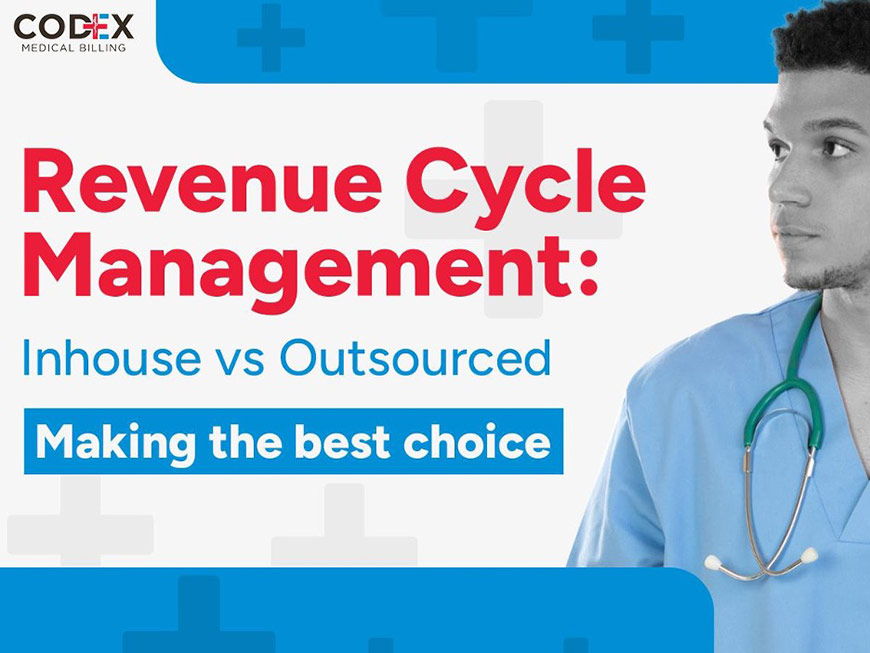Important New Business Registration Requirement Start in 2024 Understanding the New Business Registration Requirement There…

As healthcare costs continue to rise, the challenge confronting many medical practices — collecting payments from patients. This difficult issue is tied to the increasing financial burden on patients from higher deductibles and out-of-pocket costs. Unaddressed, this challenge can negatively impact both patient volume and overall revenue.
Here are proactive strategies for healthcare practices to effectively manage patient payments and boost revenue. By integrating patient-focused approaches with enhanced payment collection processes, practices can overcome this challenge and strengthen their financial stability.
The Escalating Problem of Patient Payment Collection
A rise in high-deductible health plans has shifted a large portion of healthcare costs to patients, making it difficult for them to pay for services upfront. This strains healthcare practices relying on timely payments to maintain cash flow and operations.
On average, a single person must pay over $2,000 in out-of-pocket costs before insurance coverage kicks in. As more individuals enroll in high-deductible plans to lower premiums, this amount will likely increase further. For practices, delayed or unpaid patient balances damage cash flow and revenue, raising costs to collect payments or write off bad debts.
Overcoming Barriers to Payment Collection: Proactive Strategies
Here are proven strategies practices can adopt to enhance payment collection and secure revenue:
- Transparent Communication: Clearly communicate payment expectations upfront to avoid misunderstandings and non-payments. Inform patients of their financial responsibility at the time of service, including the amount owed after insurance.
- Flexible Payment Options: Offer various payment options like payment plans and online or mobile payments to ease the financial burden on patients and incentivize timely payments.
- Preventive Measures: Verify insurance eligibility before a visit to reduce denied claims and delayed payments. Streamline your verification process using online portals and automatic reminders.
- Technology Integration: Use automated billing and payment systems to simplify the collection process, send payment reminders, and enable online payments. Integrate billing with your EHR and patient portal to keep the information up to date.
- Financial Counseling: Provide financial counseling to help patients understand insurance benefits, out-of-pocket costs, and available payment options. Develop reasonable payment plans accounting for patients’ ability to pay.
- Outsourcing Options: For severe cases, outsourcing to a reputable collection agency may be necessary. However, be selective to avoid tactics that could damage patient goodwill. Maintain open communication even when outsourcing.
Reinforcing Your Revenue Cycle with Patient-Focused Approaches
Along with process improvements, patient-focused approaches are vital to overcoming these challenges. These can boost patient satisfaction and payment compliance, strengthening your financial health.
- Patient Education: Educate patients about their healthcare costs and payment responsibilities to improve their financial experience and payment behavior. Explain coverage and out-of-pocket costs, available aid programs, and their obligations clearly.
- Patient Advocacy: Guide patients through complex insurance processes and help them access financial assistance programs. Act as their advocate to enhance the patient experience.
- Patient Engagement: Engage patients in their healthcare journey, including the financial aspects, to increase their sense of ownership and responsibility. Keep them involved through interactive education, communication, and self-service payment/billing options.
The struggle to collect patient payments is a common hurdle many healthcare practices face. However, by adopting proactive and patient-centric strategies such as transparent communication, flexible payment options, preventive measures, technology integration, and financial counseling, practices can improve payment collection rates and safeguard revenue. At the same time, patient-focused approaches can enhance the patient’s financial experience, fostering satisfaction and loyalty, ultimately leading to a healthier revenue cycle.
Are you prepared to revamp your patient payment collection approach? The time for action starts now. Review your current processes, pinpoint gaps, and implement proactive strategies tailored to your needs.
The key to a healthy revenue cycle could be just a solution away. With a combination of process improvements and patient-focused care, you can rise to the challenge of today’s complex healthcare financial landscape. Begin your journey to a stronger revenue cycle today!



